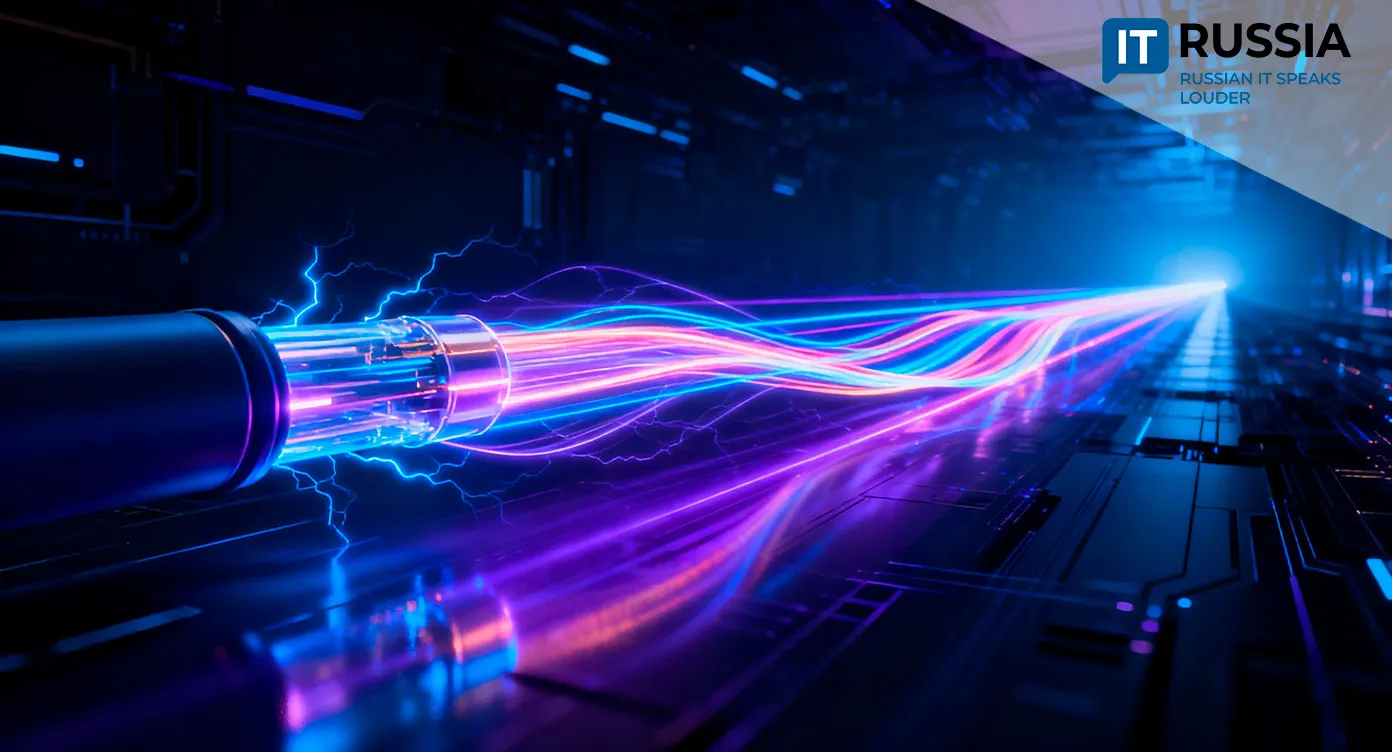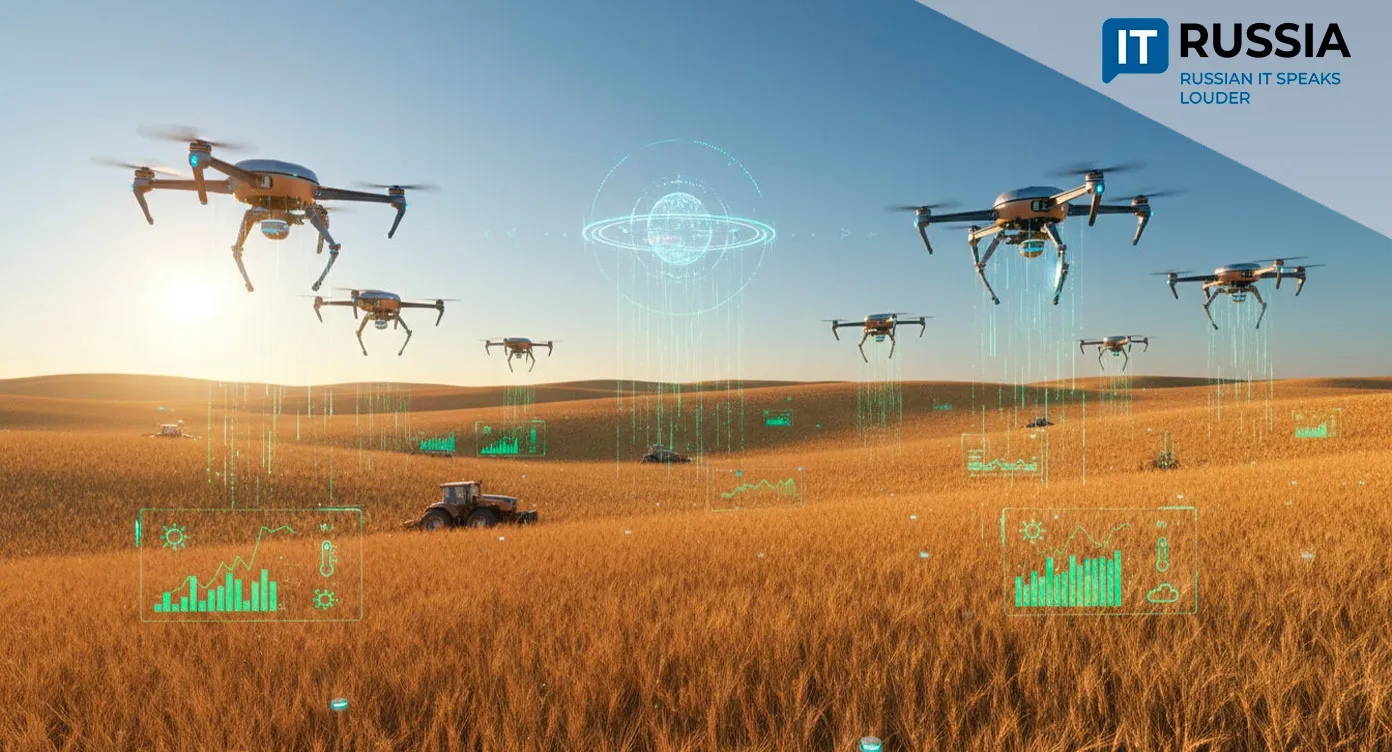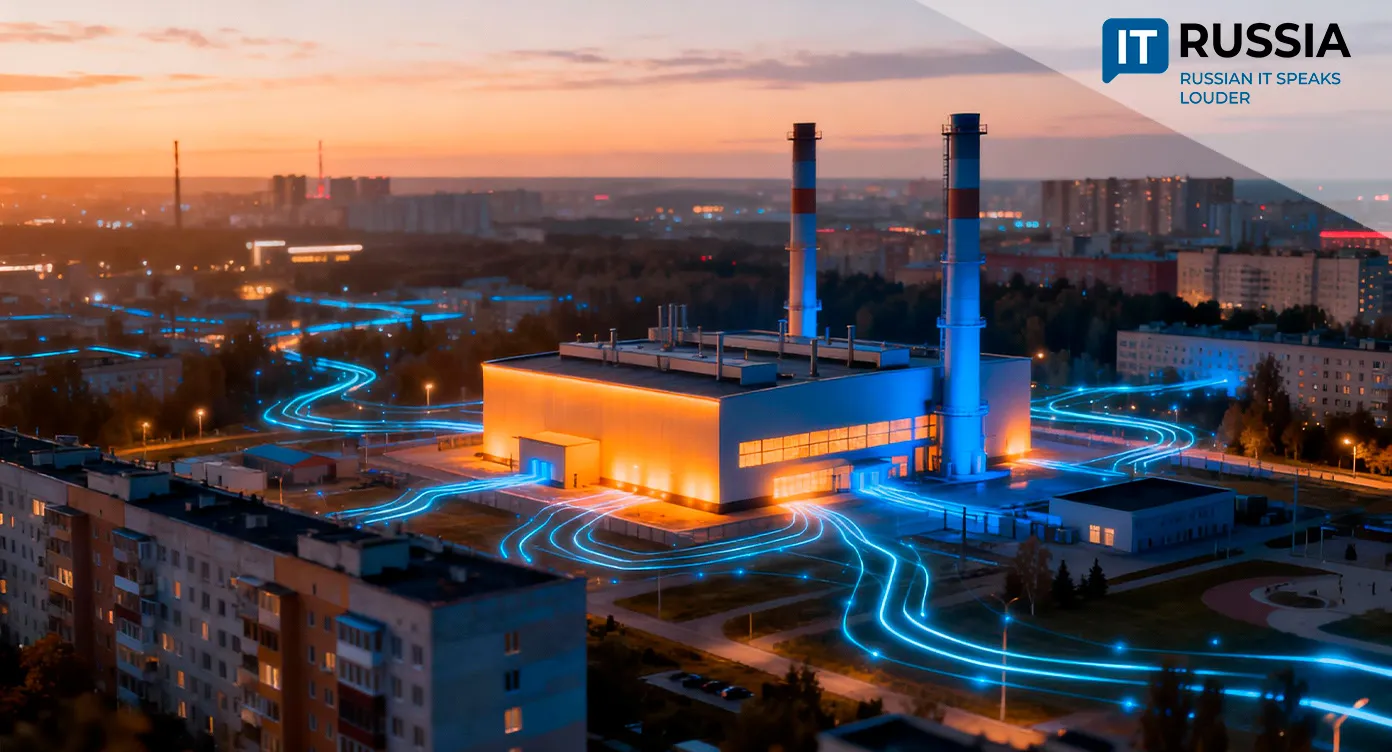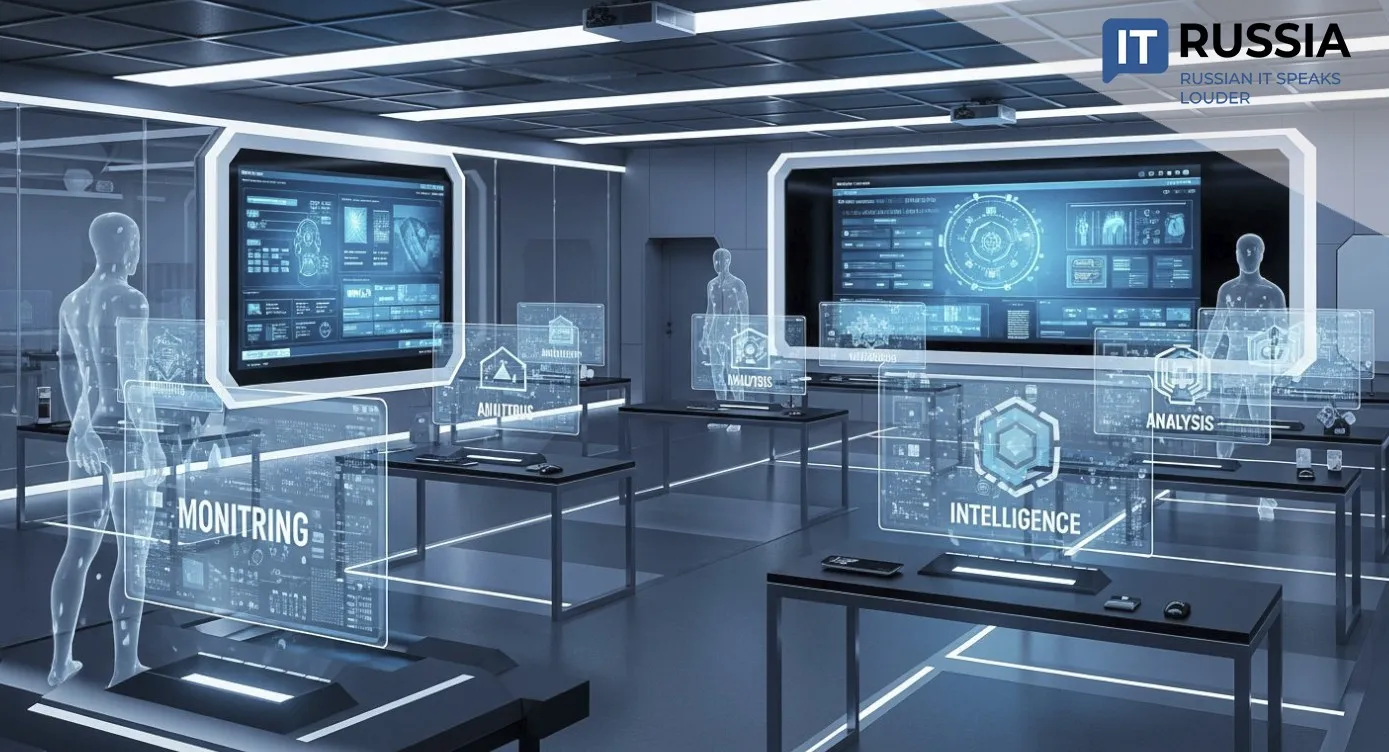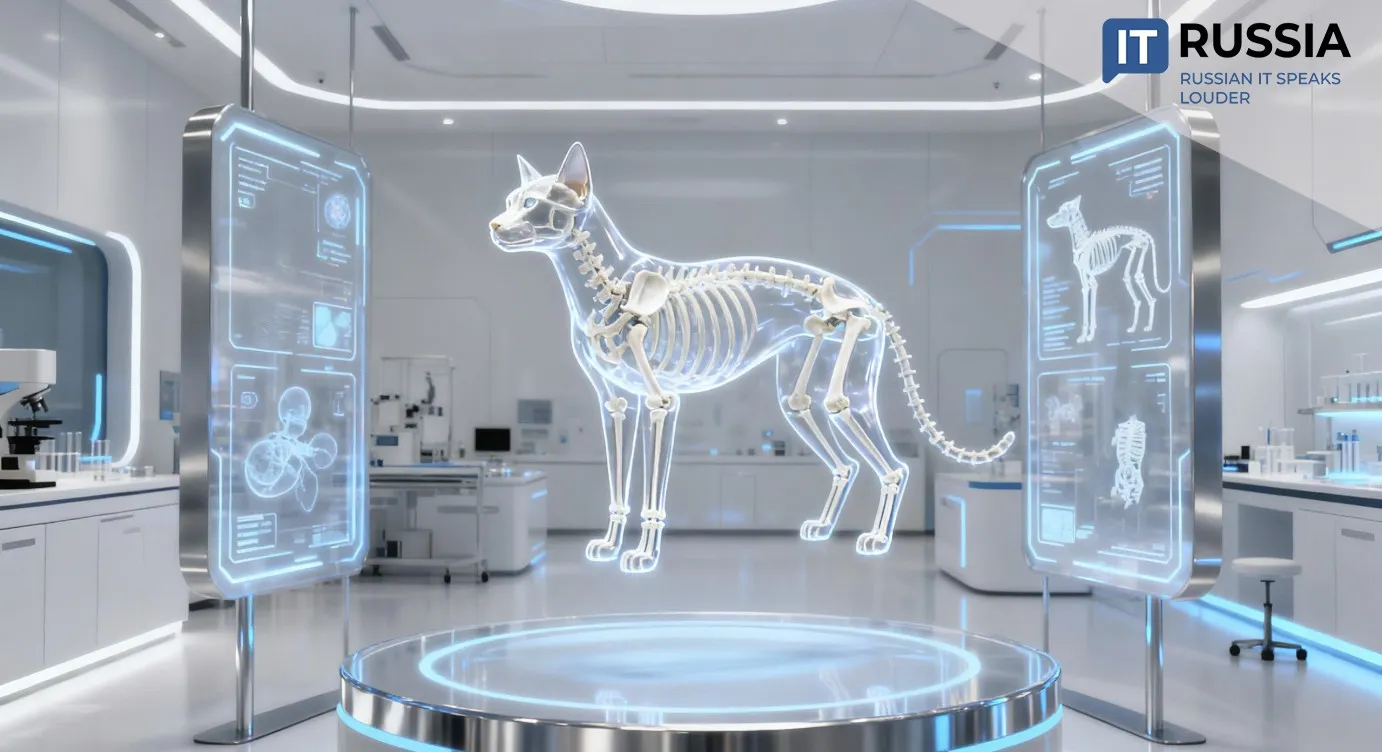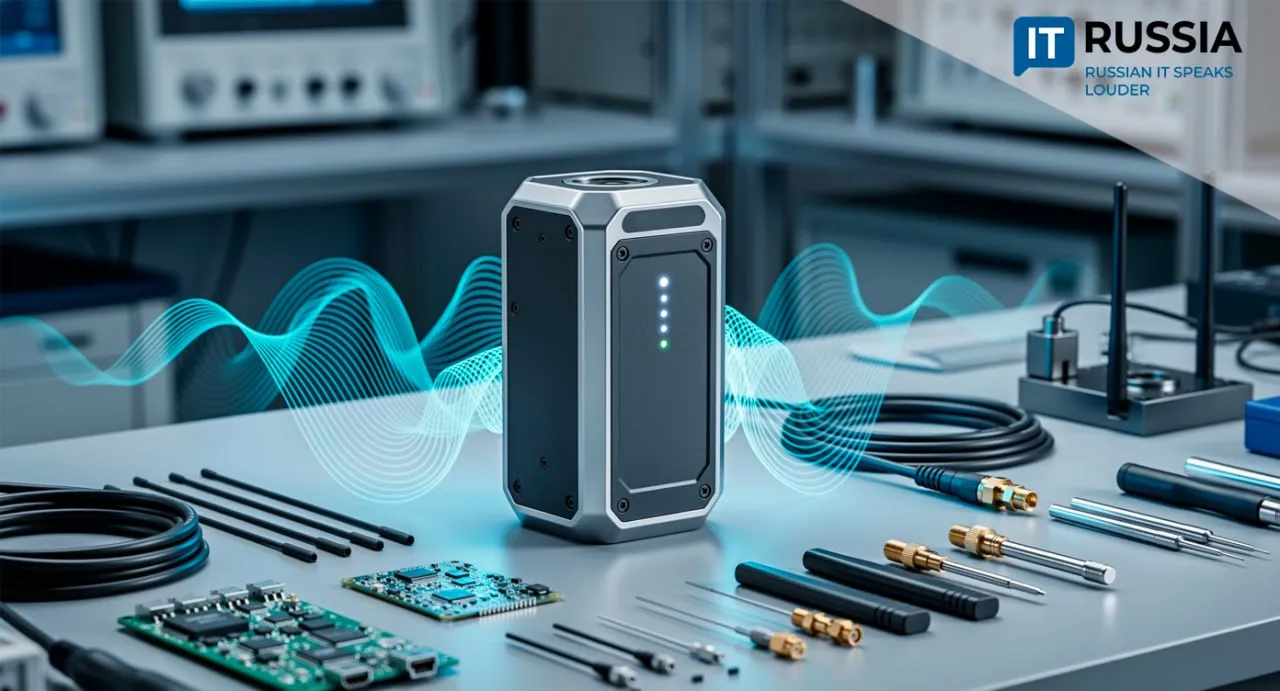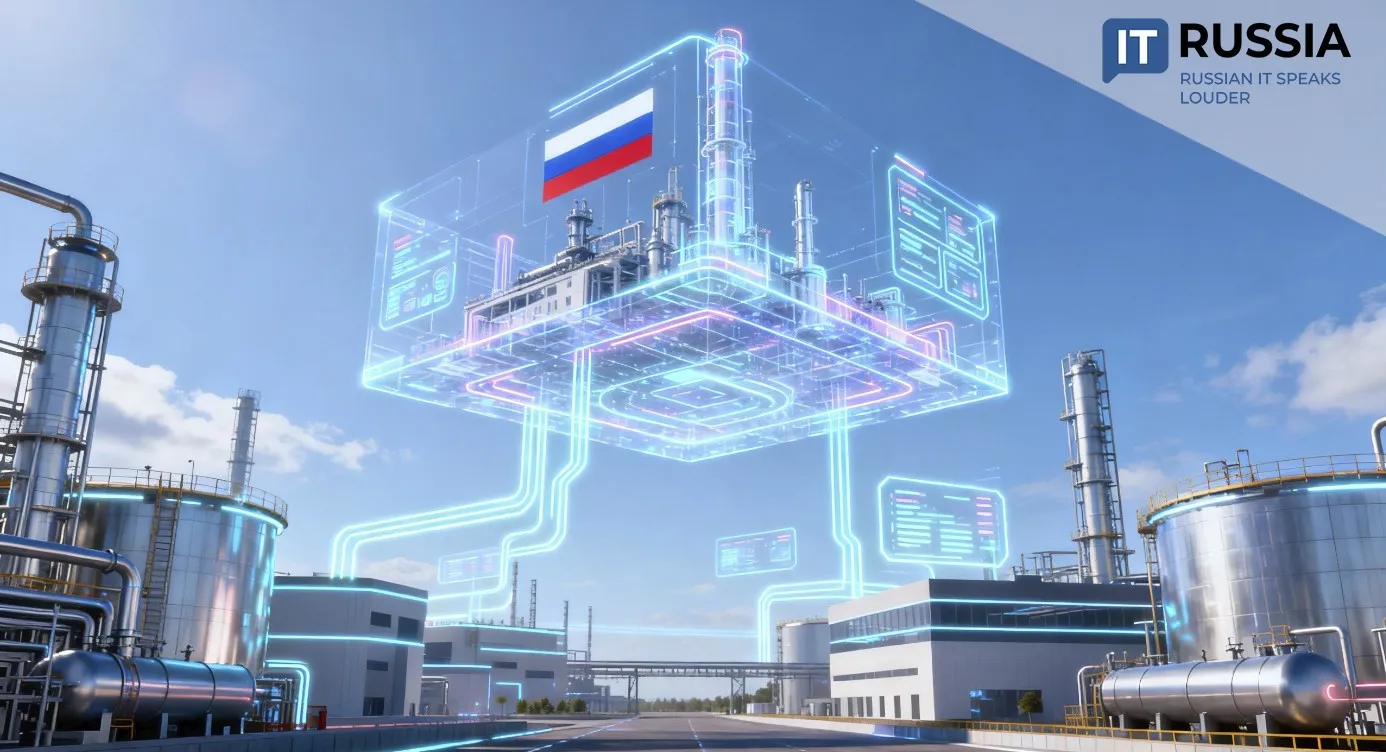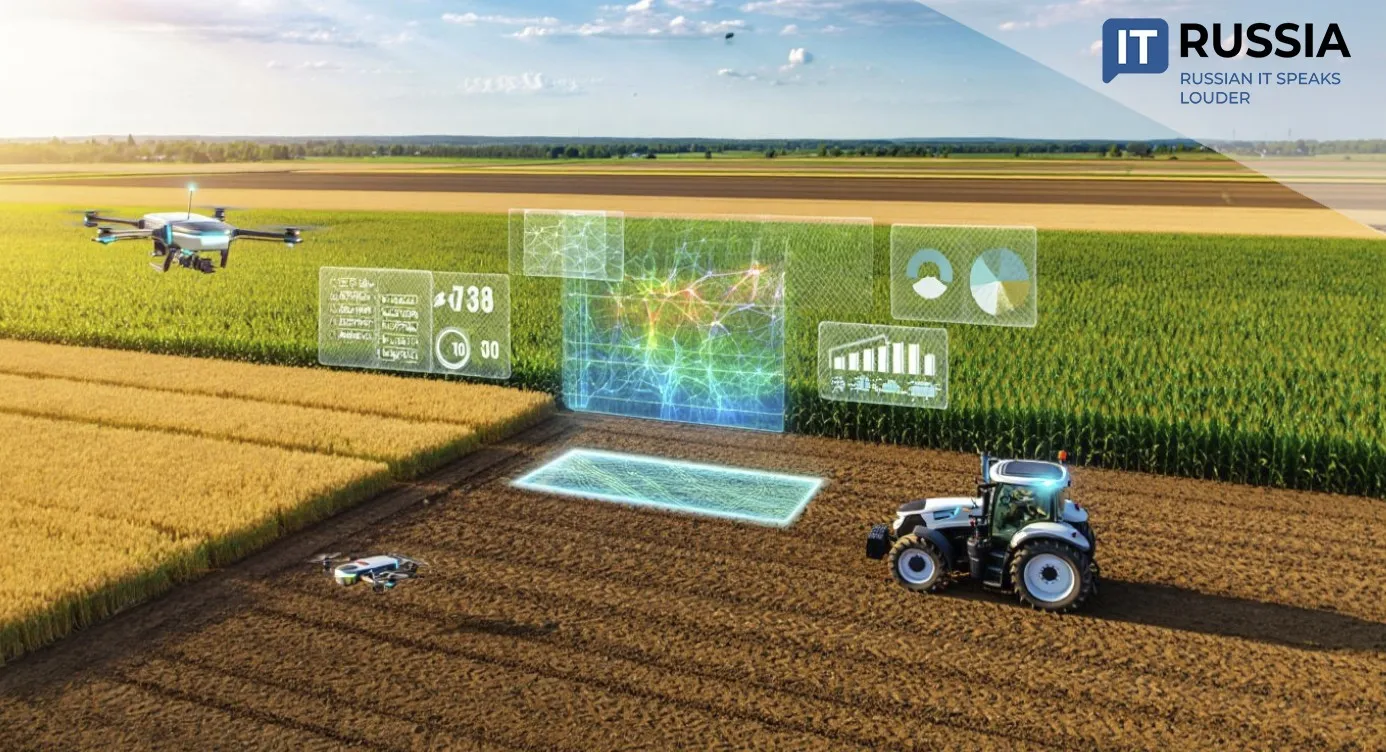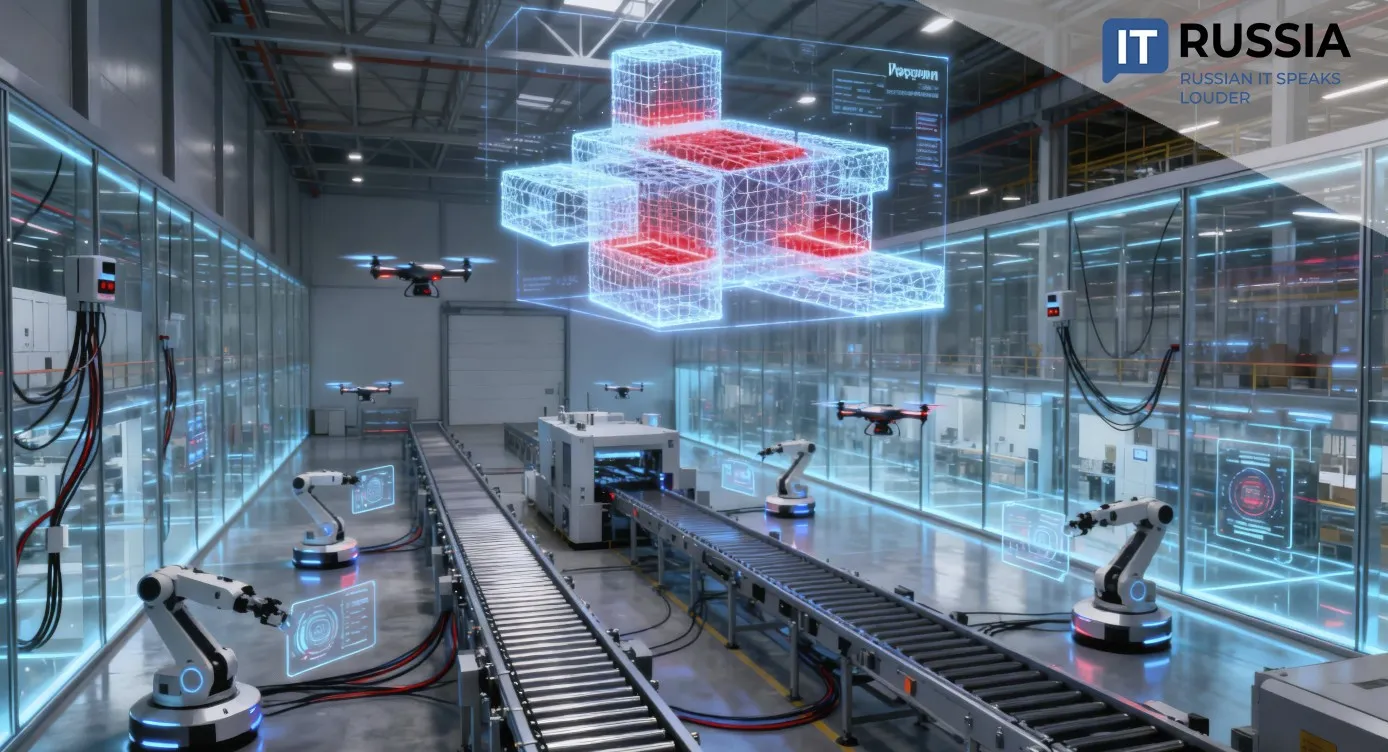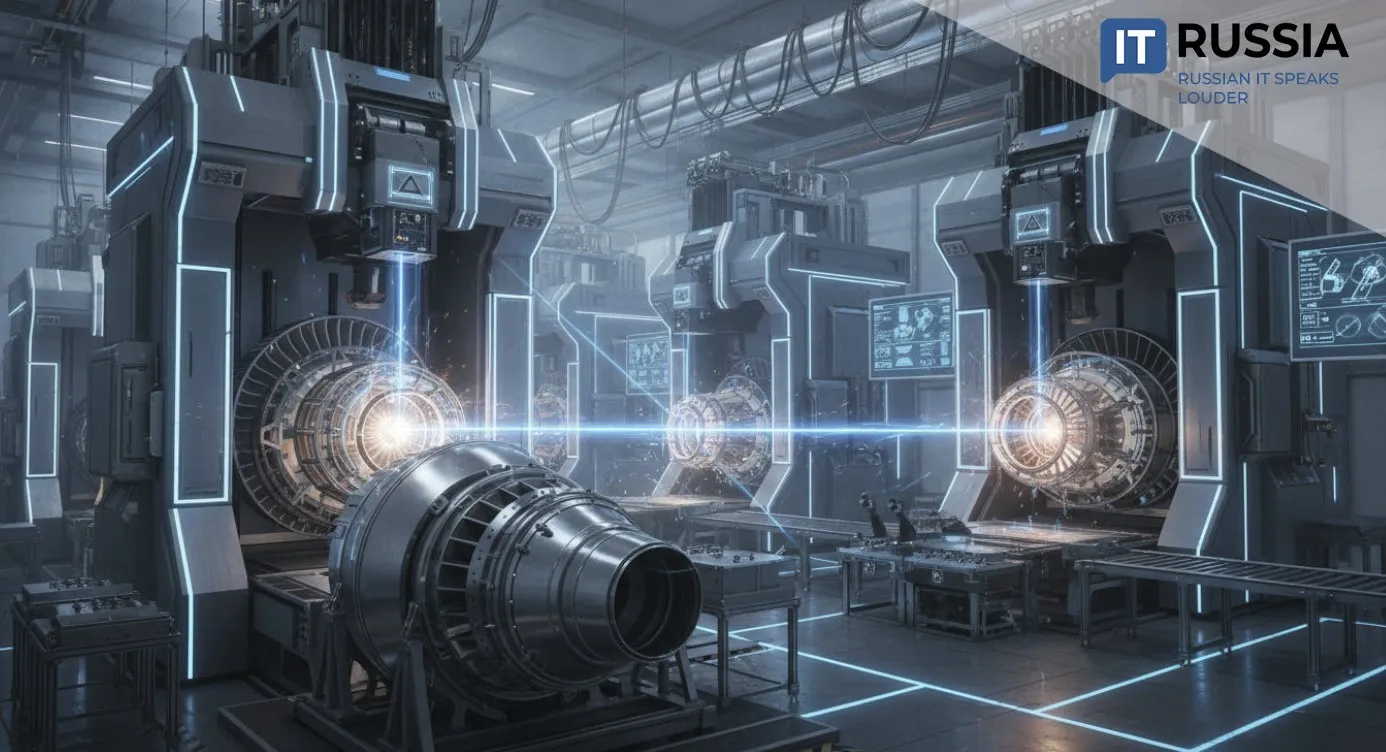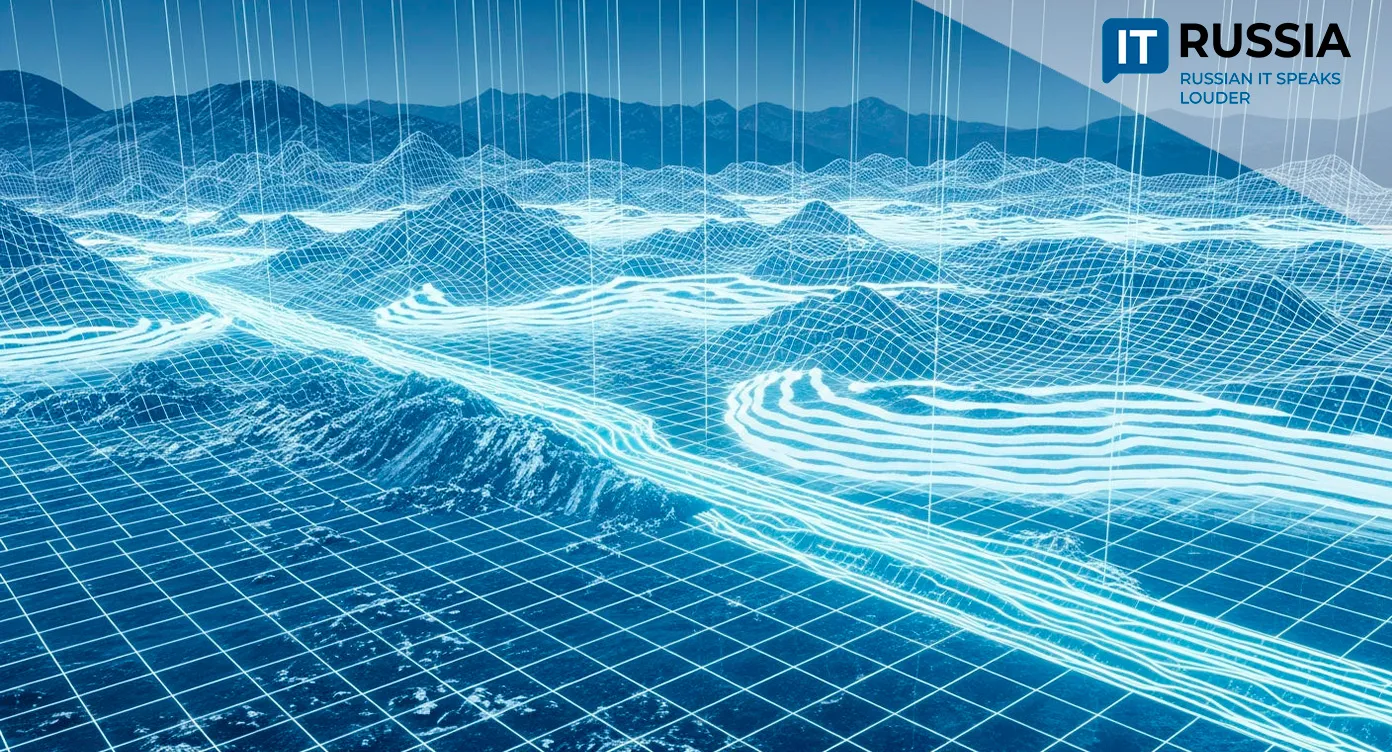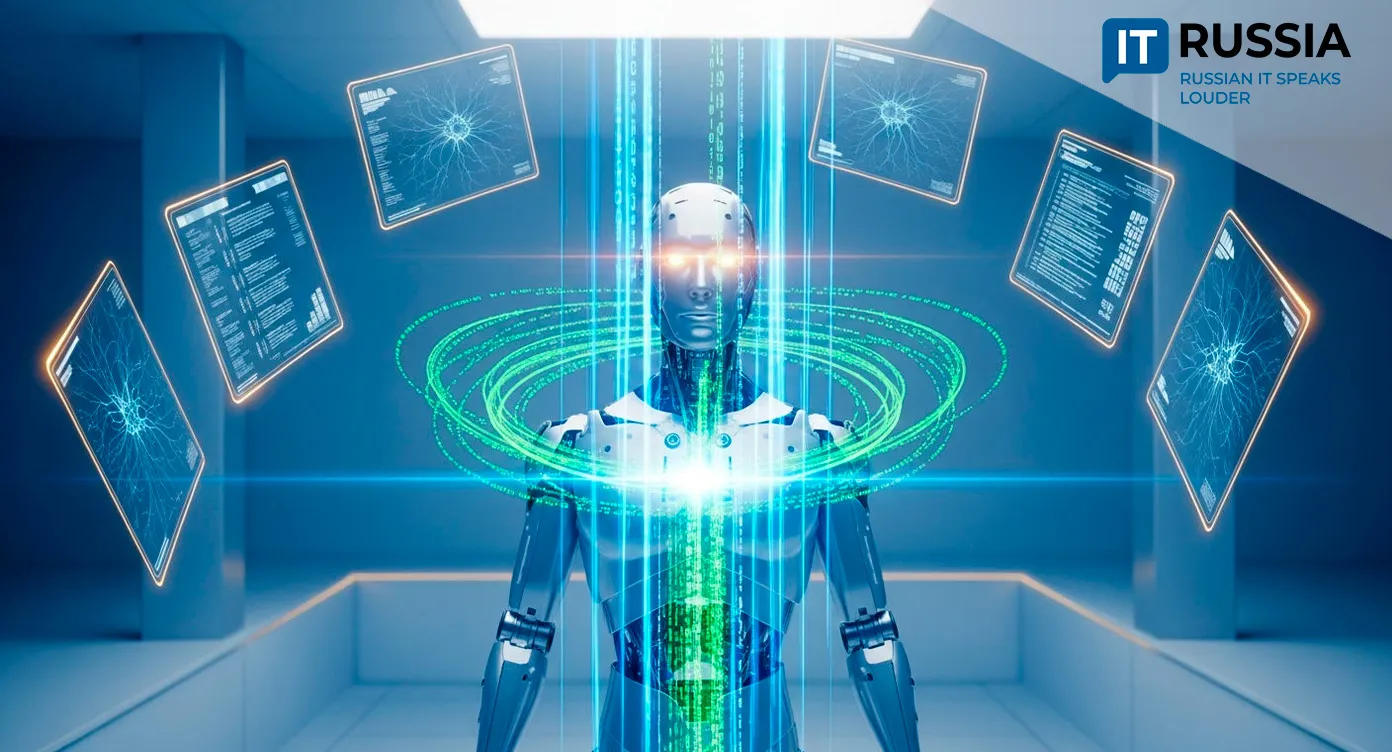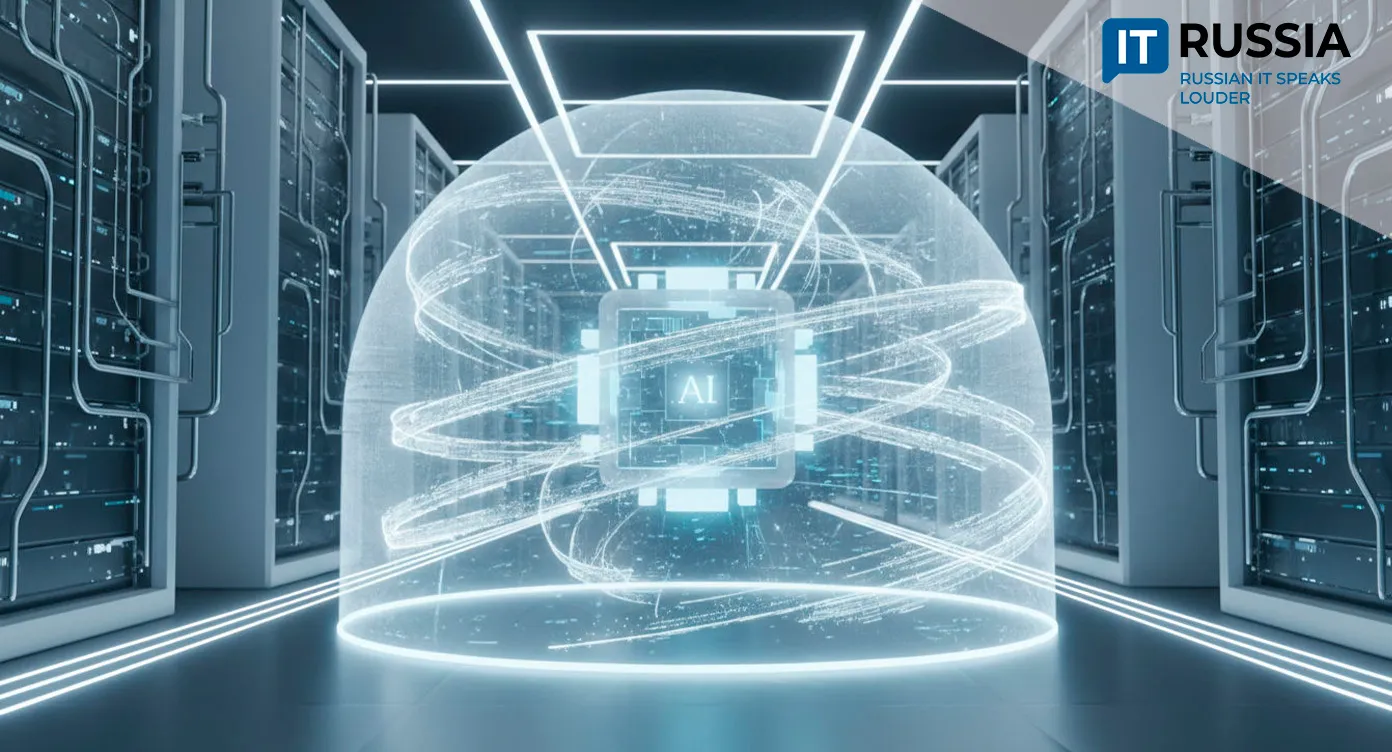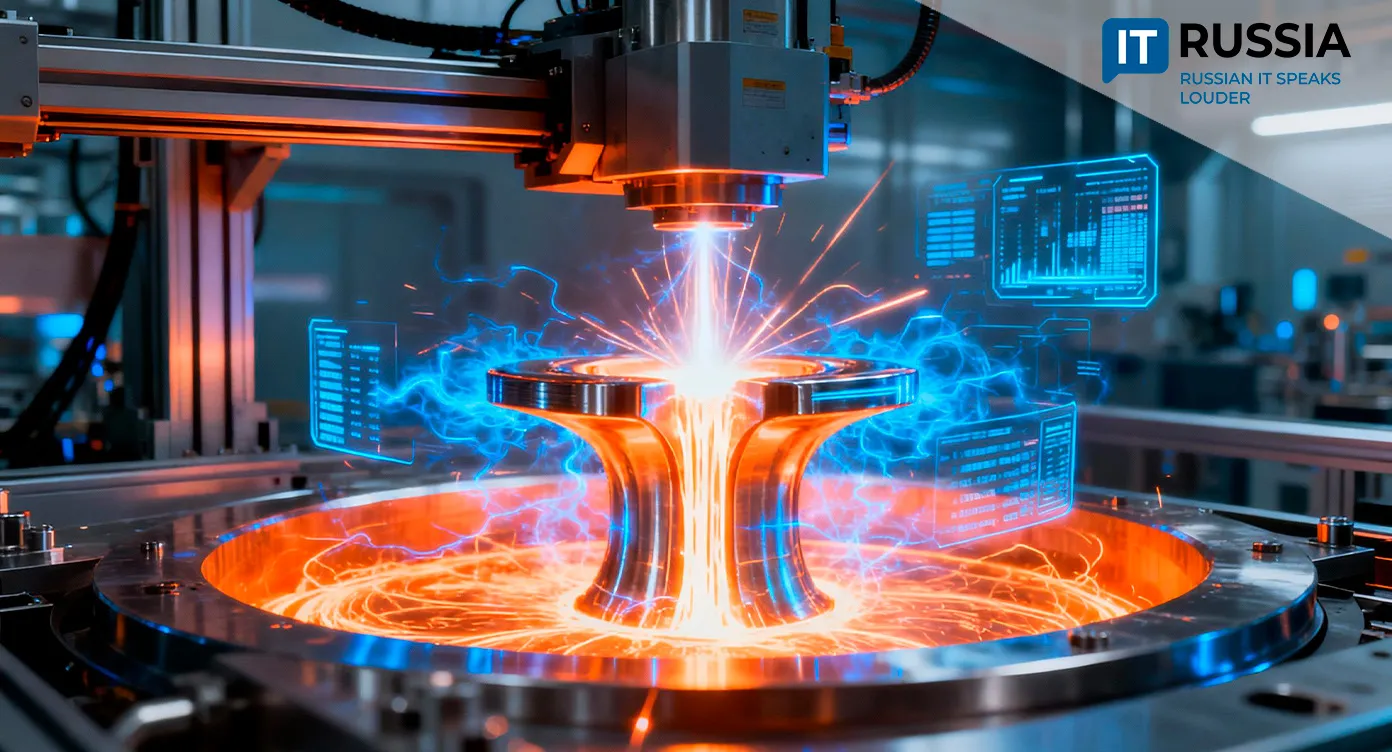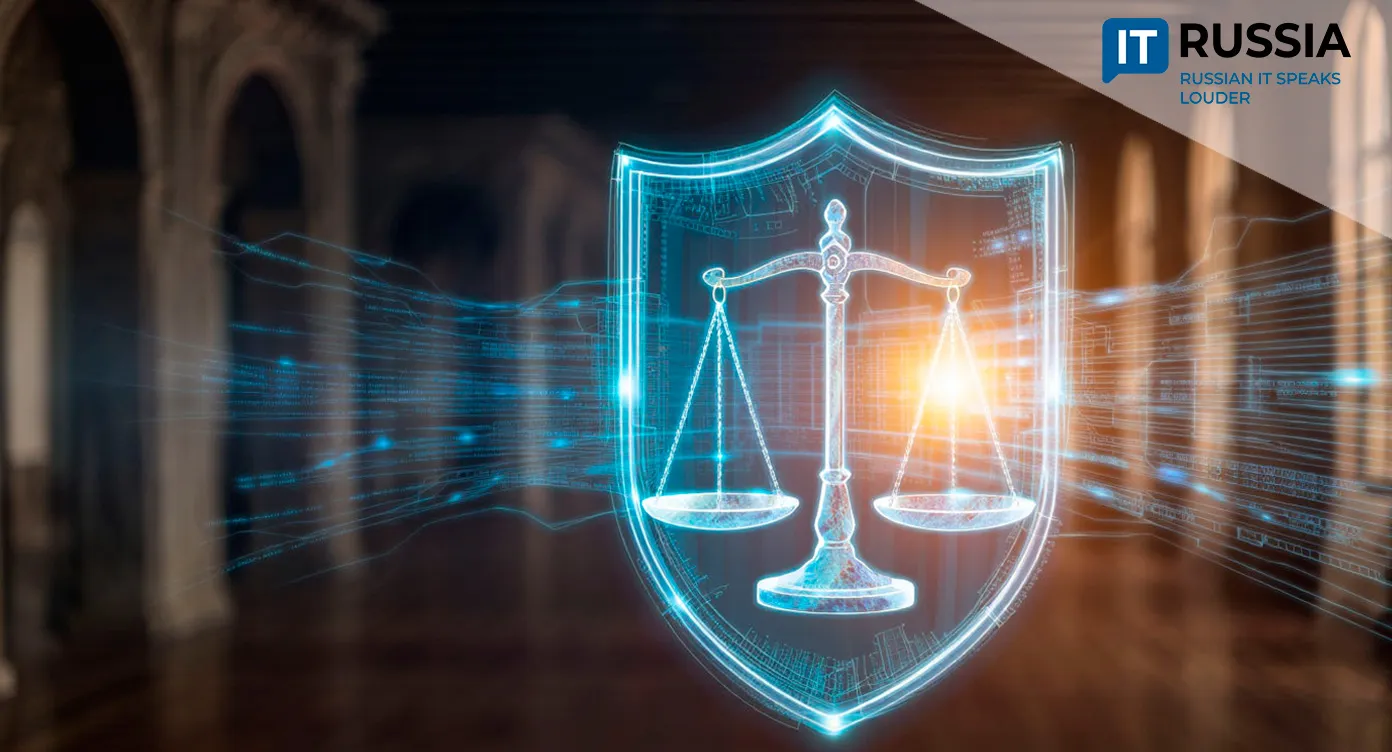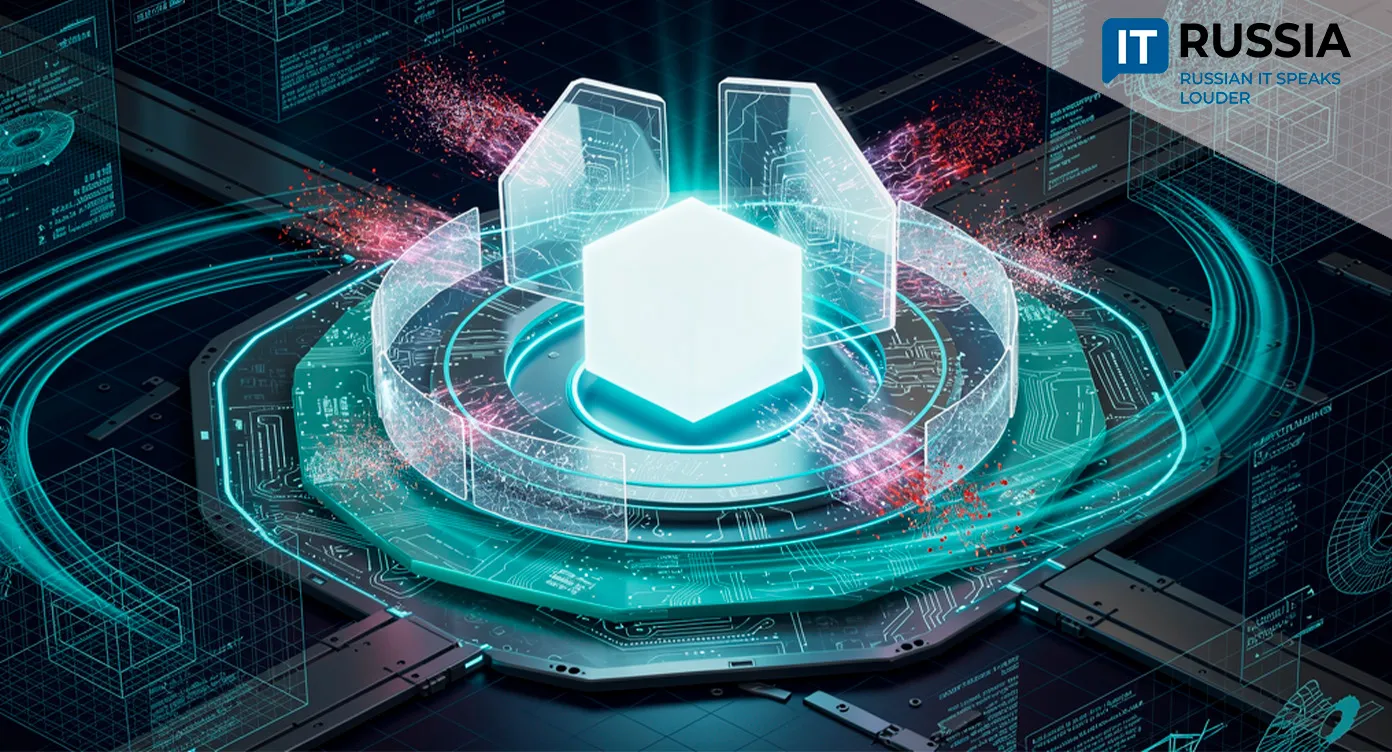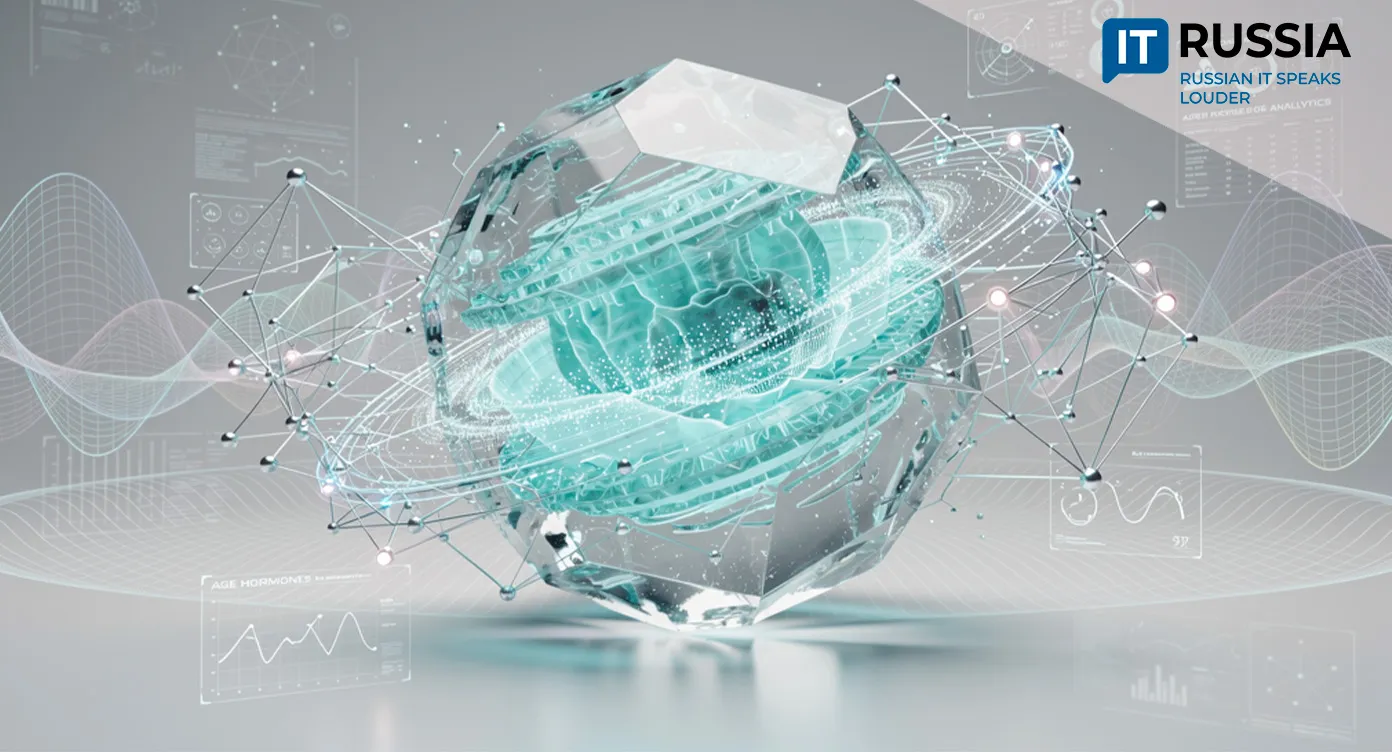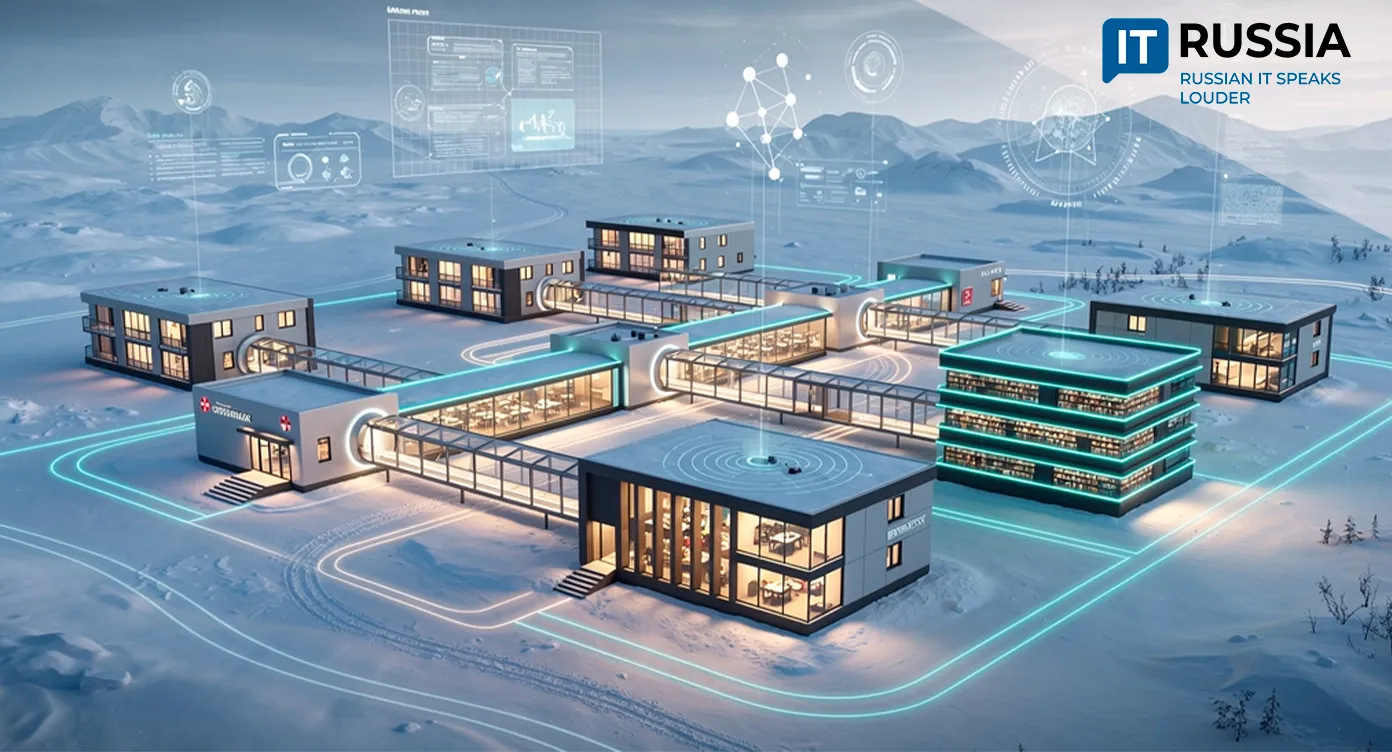Perm Breakthrough: How AI-Powered 'AIS ROKS' Transforms Social Infrastructure Energy Management
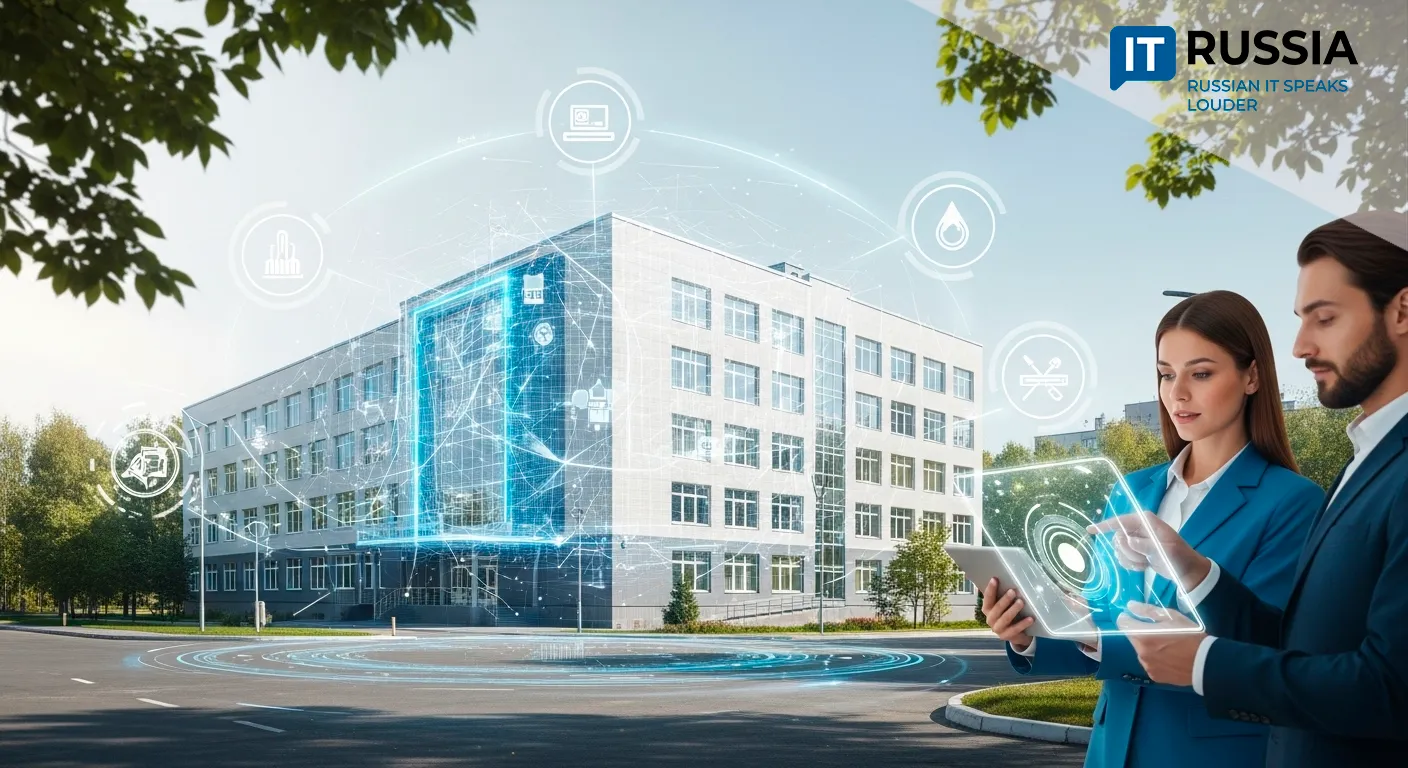
A major AI-driven energy management initiative is underway in Russia's Perm region, targeting public institutions and producing measurable savings.
Digital Utilities in Action
In the Perm region of Russia, a large-scale
project is underway to implement the AIS ROKS AI system for managing energy
consumption in social institutions. Currently, 175 facilities are already
connected to the platform. Developed by Perm-based IT-M, the system has been
deployed across 145 municipal sites — including schools and kindergartens — and
30 regional institutions such as hospitals. An additional 53 healthcare centers
are nearing final integration. By the end of 2025, 166 more buildings are
scheduled to join, and another 240 in 2026. The strategic goal is to connect
all regional public institutions within five years.

Economic Gains and Real-Time Optimization
AIS ROKS is already delivering tangible results: utility costs have dropped by 20–30% in non-automated buildings and by 15–20% in those already equipped with automation. The technology uses digital twin modeling to monitor real-time consumption of heat, water, and electricity. In cities like Chernushka, Lysva, and Chusovoy, gas consumption has been reduced by 15% and electricity by 22% under the 'Smart Heat' pilot project.
Scalability and Integration with National Strategy
Though initially local, the initiative is
designed for national scalability — especially relevant amid Russia’s broader
'smart city' transformation. AIS ROKS is part of the federal Smart City
initiative and interoperable with regional platforms such as the Perm Ministry
of Energy’s energy monitoring system. Its predictive modeling is supported by
research from the Higher School of Economics’ Perm campus.

Benchmarking Public Sector Innovation
AIS ROKS builds on prior Russian innovation
in utilities: in 2021, Rostec launched a pilot energy management program for
Dagestan’s Ministry of Health. In 2022, Eldis expanded smart metering across
Novgorod schools. In 2023, engineering students at MIIT developed attendance
tracking AI systems and IoT-based water monitoring for campus buildings. In
2024, mass connection of Perm’s public institutions to AIS ROKS began in partnership
with Rostelecom.

Toward a Smart Infrastructure Future
By 2028, all public institutions in Perm will be equipped with AIS ROKS, potentially setting a national standard. Integration with AI-driven safety and environmental systems will provide holistic infrastructure control. As investment grows in domestic AI platforms for utilities, the Perm model could drive national digital transformation. Cutting energy costs by up to 30% means more funds for education and healthcare. Given that construction and utilities make up over 10% of Russia’s GDP, nationwide deployment could generate trillions in economic gains. Technologies like AIS ROKS position Russia alongside global leaders where AI directly improves quality of life — through warm classrooms, efficient hospitals, and data-driven cities.



